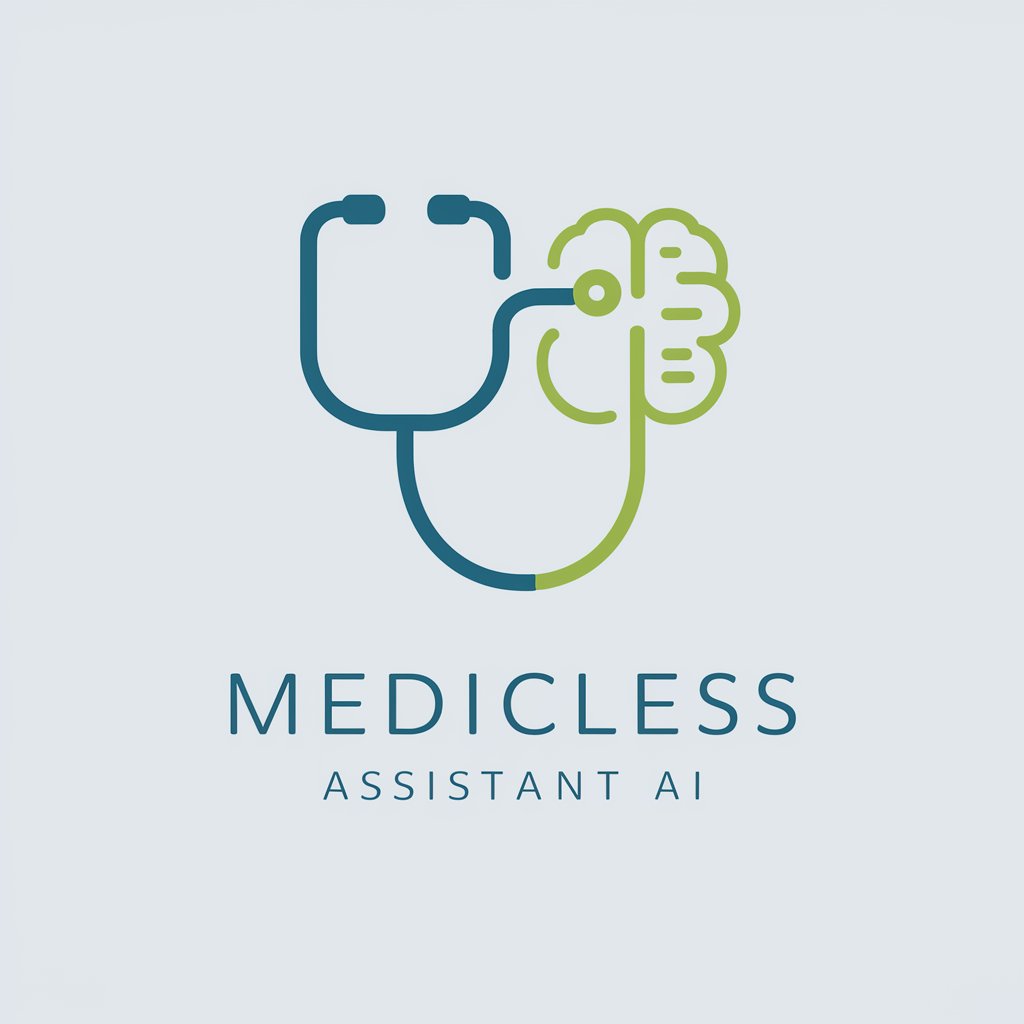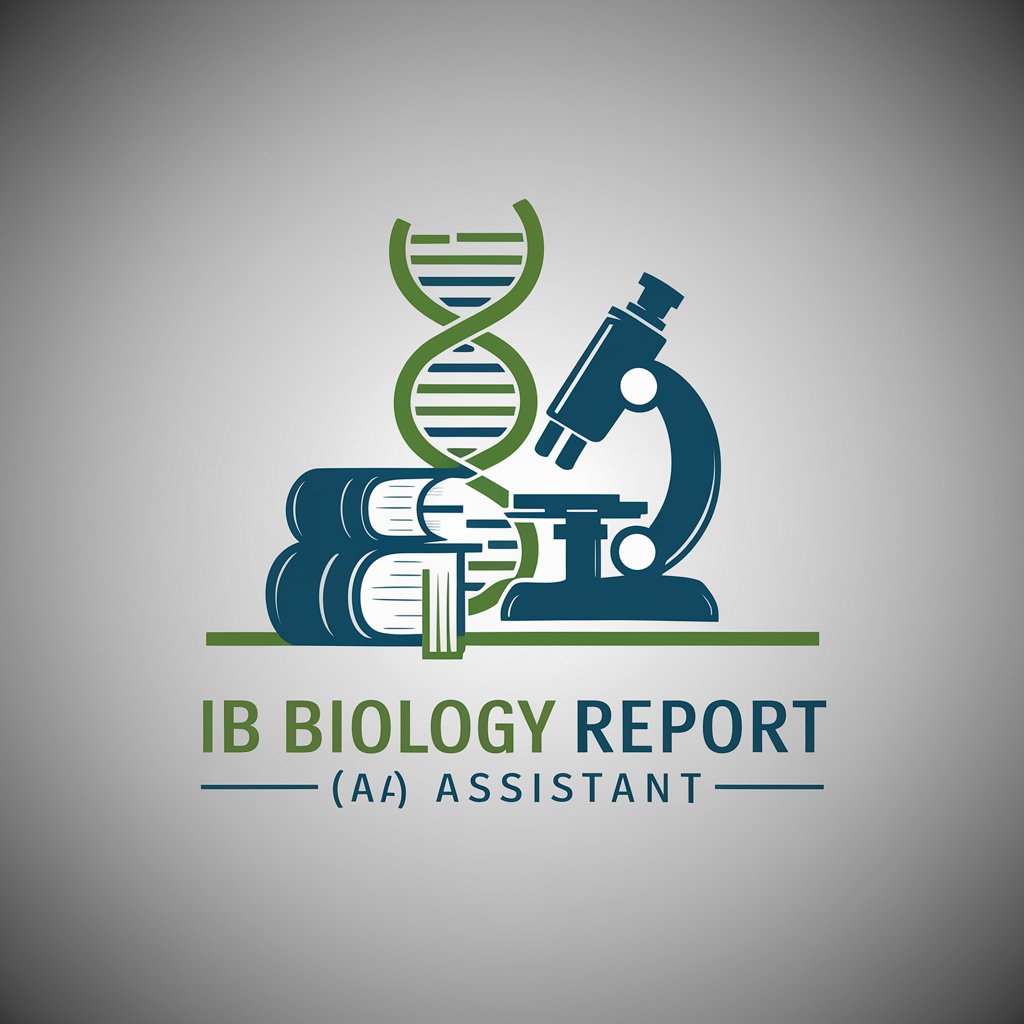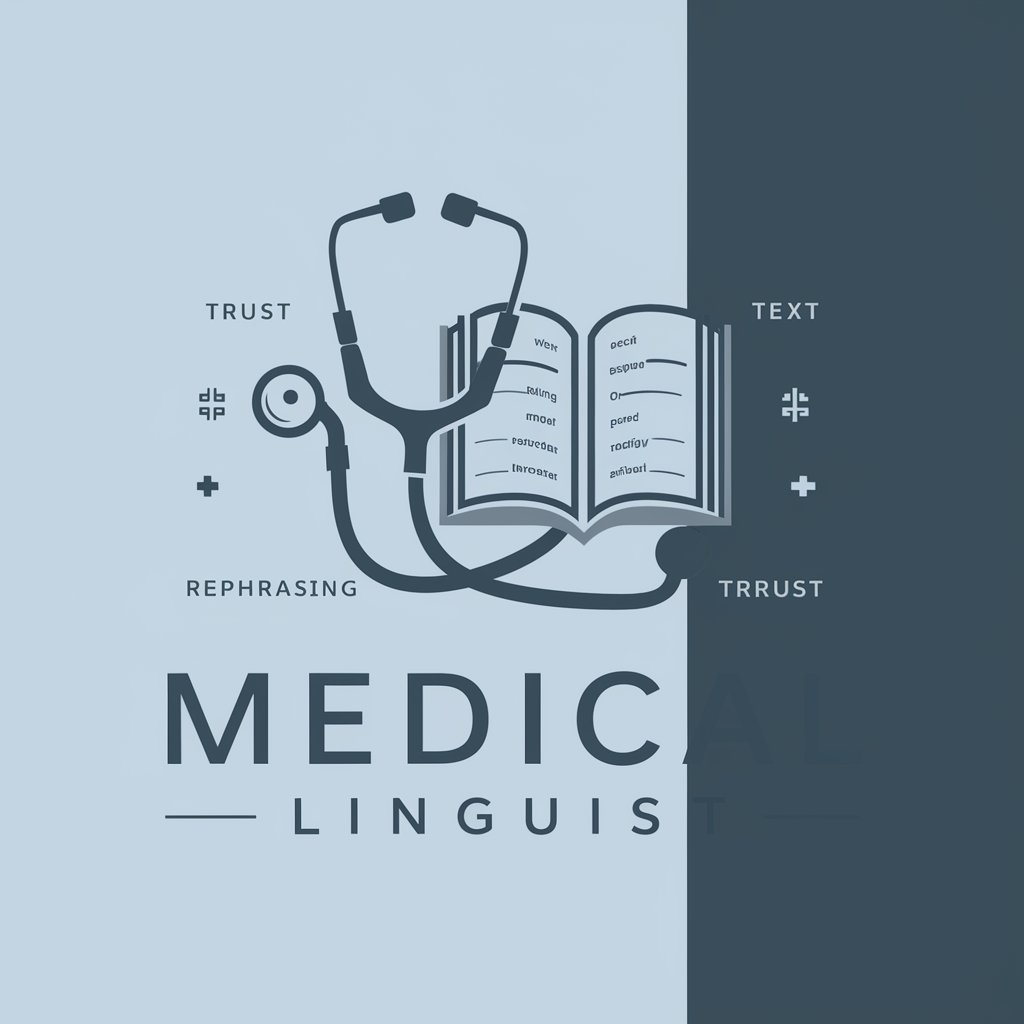
Radiology Reporting-AI-powered radiology report generation.
AI-driven precision in radiology reporting.
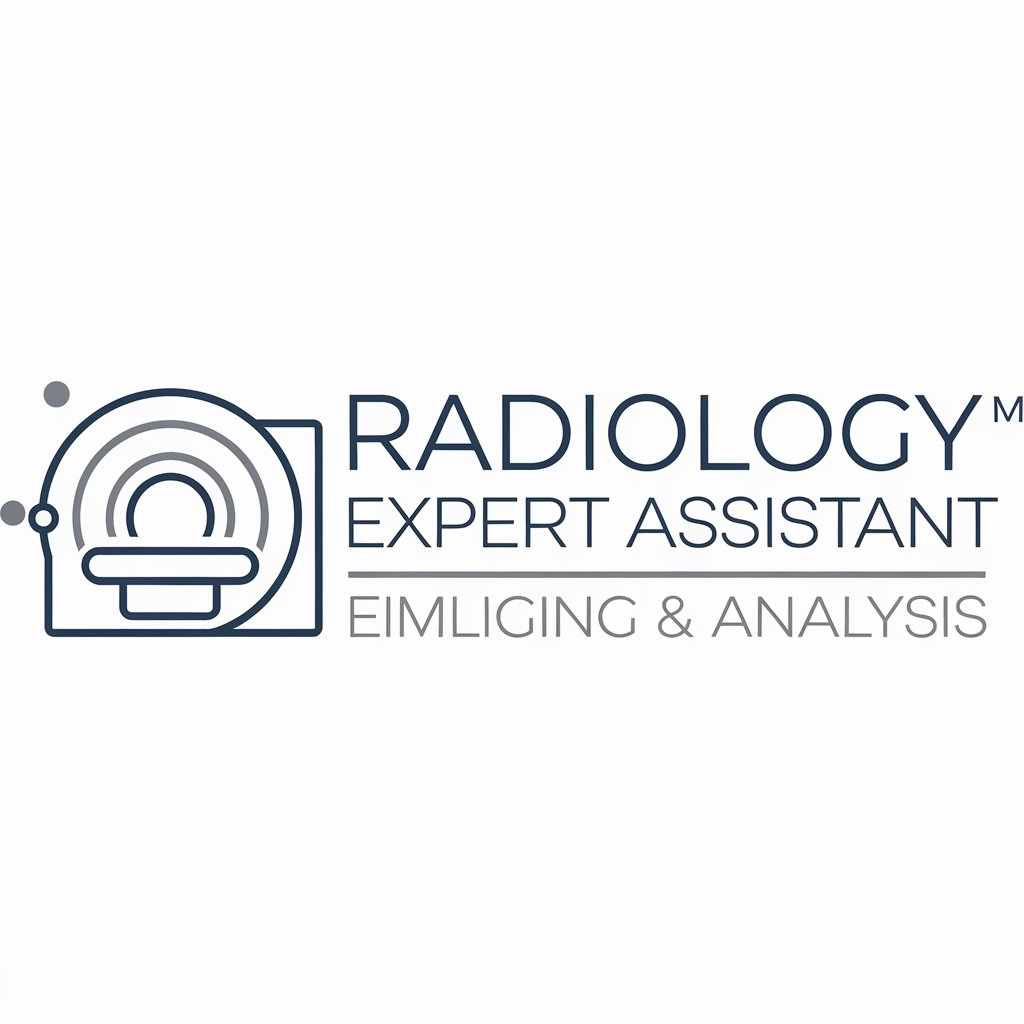
This GPT creates detailed radiology reports
Get Embed Code
Introduction to Radiology Reporting
Radiology Reporting is a specialized service designed to generate detailed, accurate, and comprehensive radiological reports based on imaging data such as X-rays, MRIs, CT scans, ultrasound, and nuclear medicine. The primary function of this system is to analyze medical images, interpret clinical findingsRadiology Reporting Overview, and then generate a detailed report that can assist physicians in diagnosing medical conditions. The reporting process is both automated and supported by AI-based tools that offer diagnostic insights based on image patterns and clinical context. These reports are essential for guiding treatment plans, patient management, and clinical decision-making. For instance, in a case where a patient undergoes a chest X-ray, Radiology Reporting might detect signs of pneumonia or lung cancer. The report would then include detailed descriptions of these findings, the severity, and any other incidental findings such as enlarged lymph nodes or rib fractures. In a CT scan of the abdomen, it could identify signs of diverticulitis, with descriptions of affected regions, potential complications like abscesses, and relevant differential diagnoses.
Main Functions of Radiology Reporting
Image Analysis & Interpretation
Example
Analysis of MRI BrainRadiology Reporting Overview Images
Scenario
In a scenario where a neurologist orders an MRI for a patient with suspected multiple sclerosis, Radiology Reporting’s primary function is to process the MRI images and identify lesions characteristic of MS, such as plaques in the periventricular regions. The system would highlight these lesions, describe their size and location, and suggest possible clinical implications. The report would also recommend further diagnostic steps, such as lumbar puncture, to confirm diagnosis.
Automated Report Generation
Example
CT Chest Report
Scenario
A patient presents with cough, fever, and shortness of breath, and a CT scan of the chest is ordered. Radiology Reporting automatically analyzes the scan, identifying areas of consolidation suggestive of pneumonia. The system generates a comprehensive report that includes not only the diagnosis but also details on the extent of the infection, the presence of pleural effusion, and potential complications such as abscess formation. The report would be generated quickly, allowing the clinical team to make timely decisions.
Comparative Imaging & Longitudinal Analysis
Example
Follow-Up Mammography Reports
Scenario
A patient with a previous history of breast cancer is undergoing a follow-up mammography to monitor for recurrence. Radiology Reporting’s function includes comparing the current imaging with previous mammograms. The system will automatically flag any changes in the size, shape, or density of lesions, providing a side-by-side comparison and highlighting any subtle variations that could indicate tumor growth or new lesions. This allows clinicians to identify any potential recurrence early and make treatment adjustments.
Ideal Users of Radiology Reporting Services
Radiologists
Radiologists are the primary users of Radiology Reporting services. They rely on detailed and accurate radiological reports to assist in making diagnoses, determining treatment plans, and communicating findings to other medical professionals. The automated and AI-assisted features of Radiology Reporting help radiologists save time, reduce human error, and ensure comprehensive reports. This is especially beneficial in busy clinical environments where high volumes of imaging studies need to be processed quickly and accurately.
Referring Physicians (e.g., Cardiologists, Neurologists, Oncologists)
Referring physicians benefit from Radiology Reporting as it provides detailed insights into the images they request. These reports help physicians understand the results of imaging studies, identify key findings, and determine the best course of action for patient management. For example, a cardiologist ordering a CT angiogram can receive a comprehensive report highlighting coronary artery blockages, their severity, and the potential need for further intervention. Such reports provide valuable information for guiding clinical decision-making, treatment planning, and patient monitoring.
Healthcare Administrators
Healthcare administrators and managers also benefit from Radiology Reporting services. Automated reporting improves operational efficiency and reduces the workload of radiologists, allowing healthcare facilities to handle higher volumes of patients and imaging studies. Additionally, standardized reports reduce variability, helping to ensure consistent quality in patient care and improving compliance with medical guidelines. Administrators can also utilize data from Radiology Reporting to track trends in diagnoses, assess the performance of radiologists, and optimize resource allocation.
How to Use Radiology Reporting
Radiology Reporting GuidelinesStep 1
Visit aichatonline.org for a free trial without login, also no need for ChatGPT Plus.
Step 2
Input your radiology-related query, such as requesting a structured report for a specific imaging modality (e.g., MRI, CT, ultrasound).
Step 3
Ensure you provide sufficient clinical details, including patient history, indication for the study, and any relevant prior imaging results.
Step 4
Review the generated radiology report carefully. Cross-check findings with clinical context and, if necessary, refine your input for more precise results.
Step 5
Utilize the output for clinical decision-making, academic purposes, or research. Always verify AI-generated content with a qualified radiologist before clinical application.
Try other advanced and practical GPTs
행동특성 끝판왕
AI-driven insights for student evaluations.
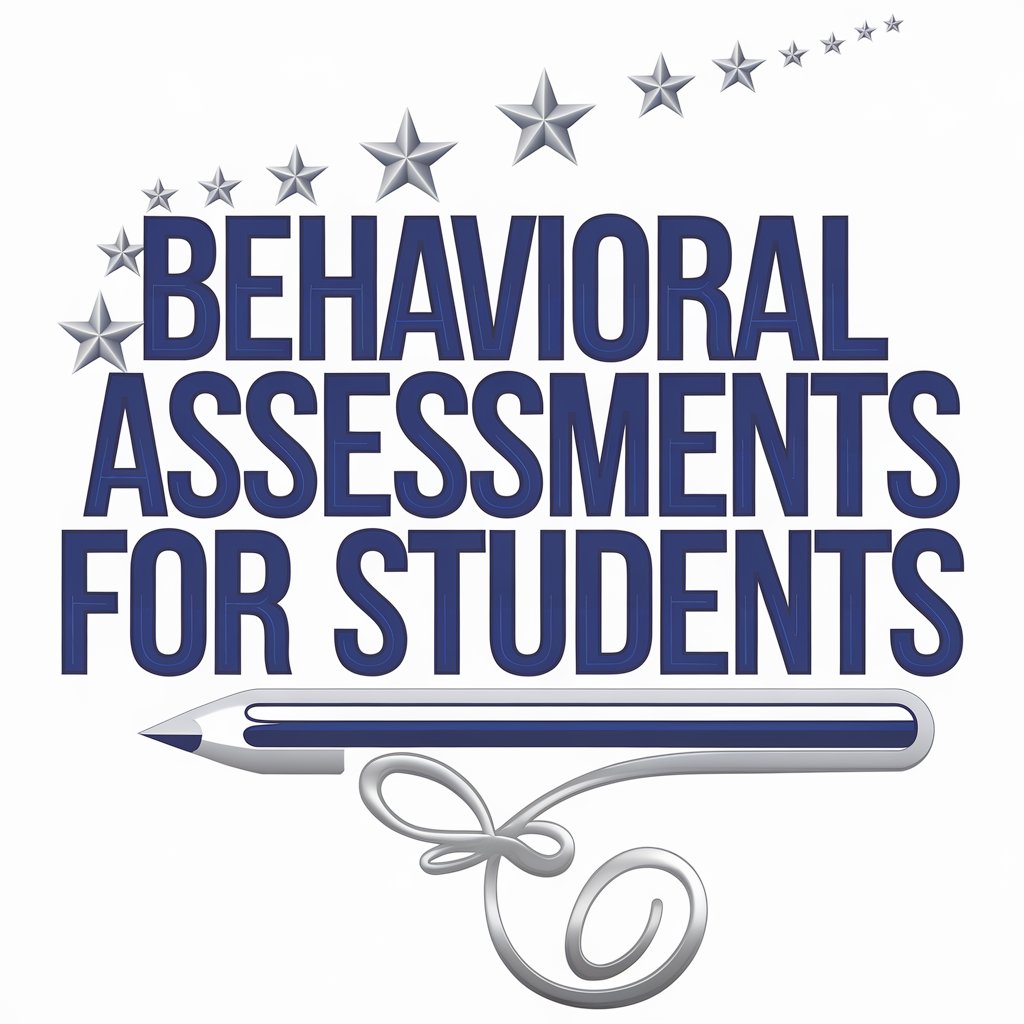
교과세특 끝판왕
AI-driven academic record creation made easy.

Discord JS Bot Builder
AI-powered bot development made easy.
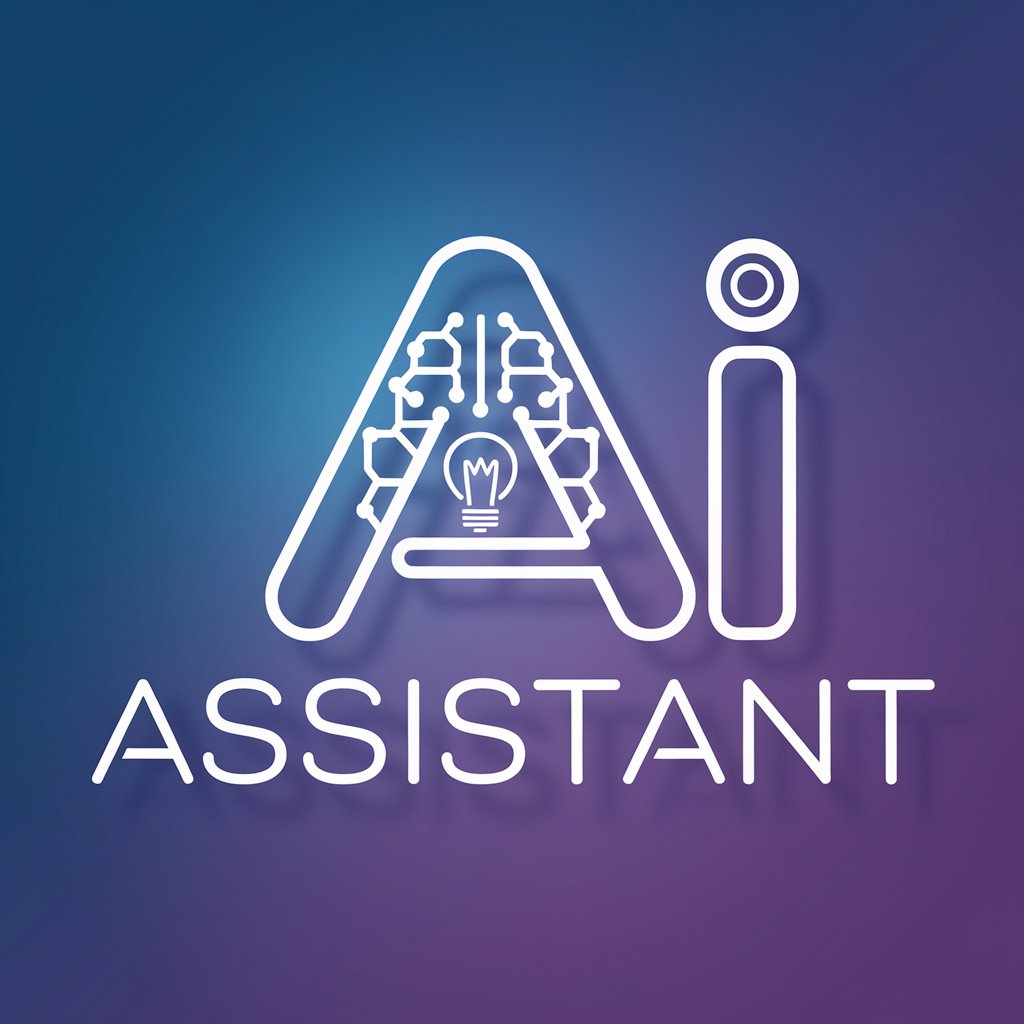
Product Vision A.I.
AI-driven product discovery and branding.

Personality Psychologist (Jungian Typology)
AI-powered insights for personality growth.
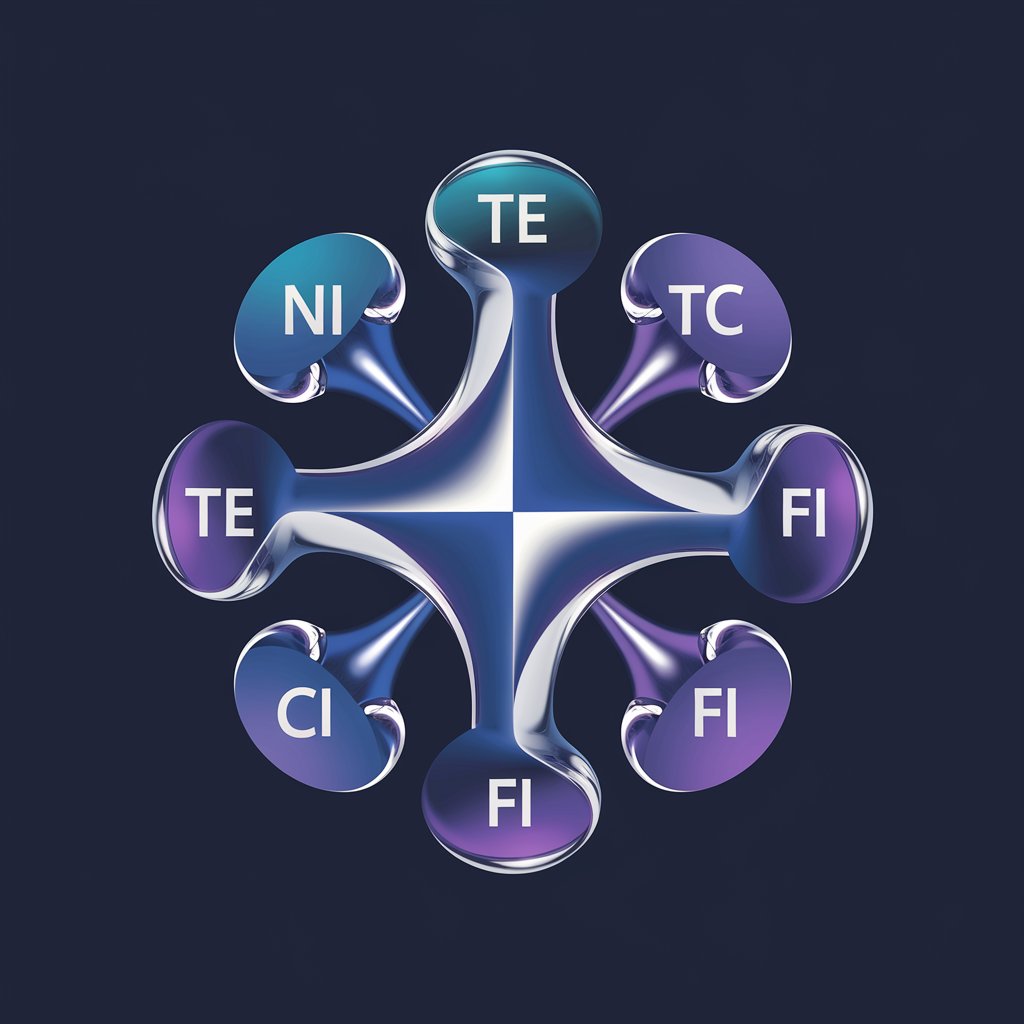
NCLEX 합격도우미
AI-powered NCLEX preparation at your fingertips.
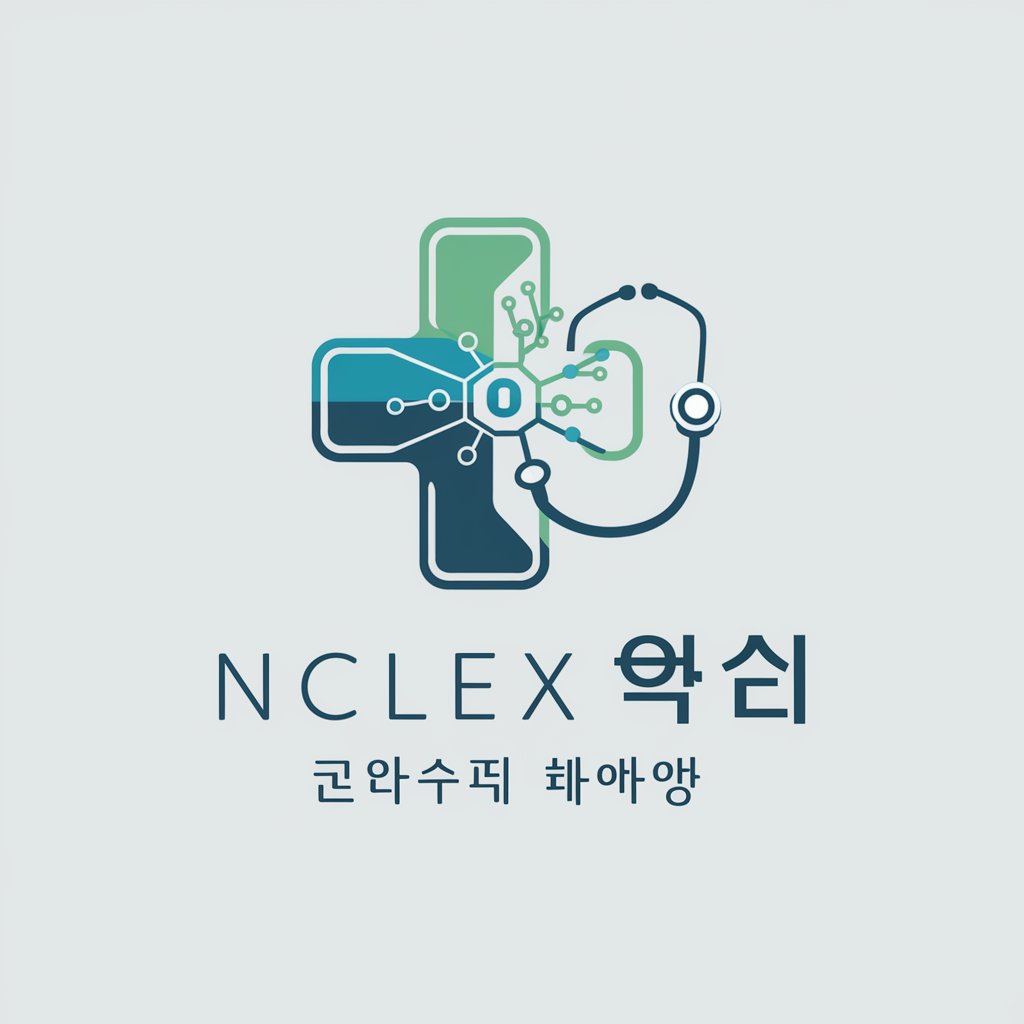
Power Automate Copilot
Automate smarter with AI-driven workflows.

Copywriter SEO dla sklepów e-commerce
AI-powered content generation for e-commerce

SwiftUI Copilot
Your AI-powered companion for SwiftUI development

Akademik GPT ✅
AI-driven writing excellence for academia.

Hailuo Minimax Prompt Creator
Create AI-generated videos from text prompts and images with cinematic precision.

HackerGPT
AI-powered security and coding insights.

- Research Support
- Educational Use
- Medical Imaging
- Clinical Diagnosis
- AI Reporting
Frequently Asked Questions About Radiology ReportingRadiology Reporting Guide
What types of radiology reports can this tool generate?
This tool can generate detailed radiology reports for various imaging modalities, including X-ray, CT, MRI, ultrasound, and nuclear medicine scans. It provides structured reports with standardized terminology to ensure clinical accuracy.
Can this tool assist with differential diagnosis?
Yes, the tool can suggest potential differential diagnoses based on imaging findings. However, final interpretation should always be done by a licensed radiologist.
Is the AI-generated radiology report reliable for clinical use?
While the reports are structured and based on best practices, they should be reviewed and validated by a medical professional before being used in clinical decision-making.
Can I use this tool for research or academic purposes?
Absolutely. The tool is valuable for generating structured reports for research papers, case studies, and radiology education. It helps streamline report writing and ensures consistency in terminology.
Does this tool support multiple imaging specialties?
Yes, the tool covers neuroradiology, musculoskeletal imaging, abdominal imaging, thoracic imaging, cardiovascular imaging, pediatric radiology, and interventional radiology, among others.



